Learning by Design
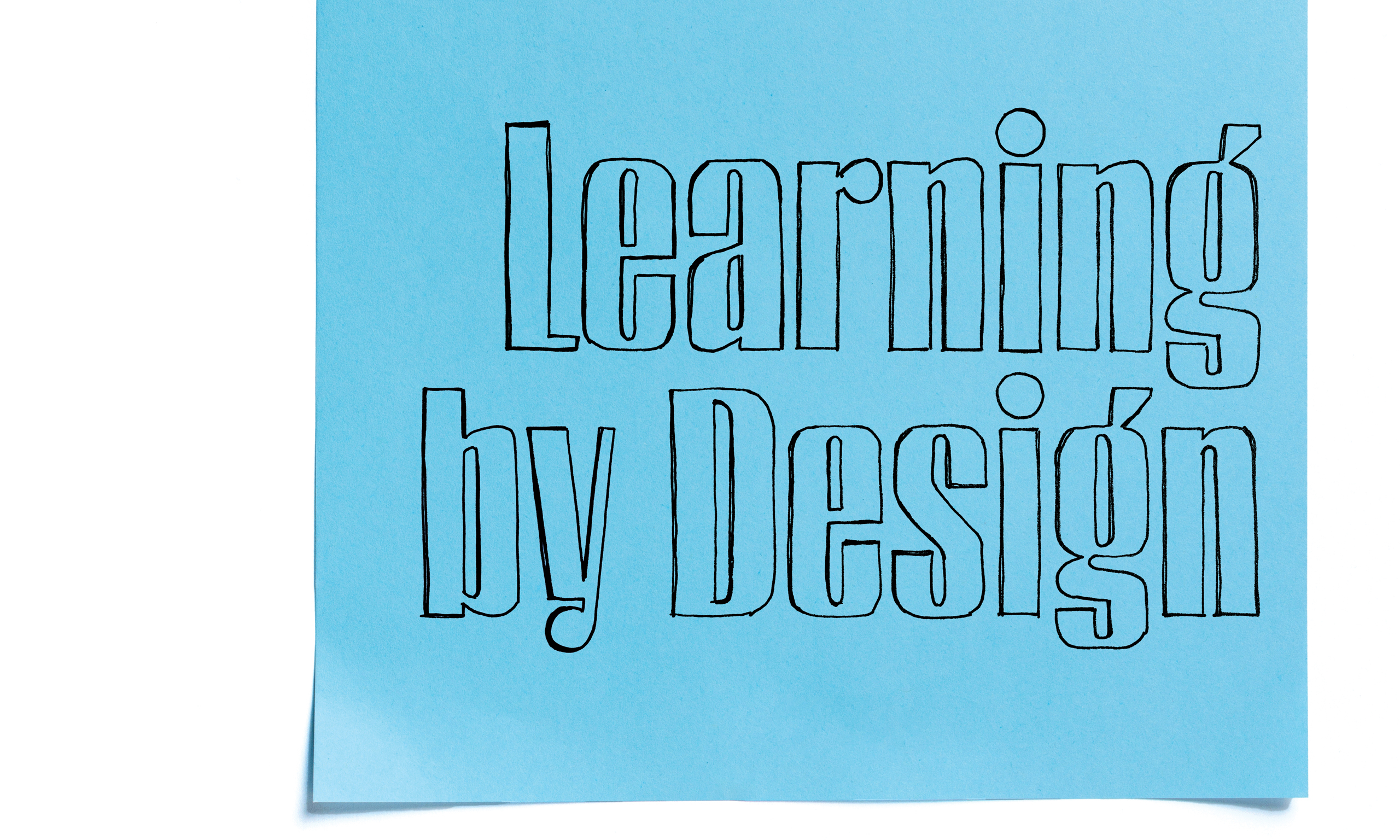
Students across campus are using design-thinking principles to solve real-world problems.
By Peter B. Gardner (BA ’98, MA ’04) in the Spring 2022 Issue
Photography by Bradley H. Slade (BFA ’94)
Taylor D. Halverson (BA ’97) is technically a professor of entrepreneurship, but “innovation and design evangelist” might describe him better. Long before he began teaching in the BYU Marriott School of Business, Halverson was proclaiming the virtues of experiential learning as a consultant at BYU’s Center for Teaching and Learning. Together with 70 like-minded faculty, he formed the Creativity, Innovation, and Design (CID) Group in 2011, setting out to spread design-thinking principles to classrooms all over campus.
Design thinking sets a problem in front of students and turns them loose, typically in teams, to design a solution. With no answers in the back of a book, the students are forced to summon all their learning, creativity, and ingenuity as they seek solutions.
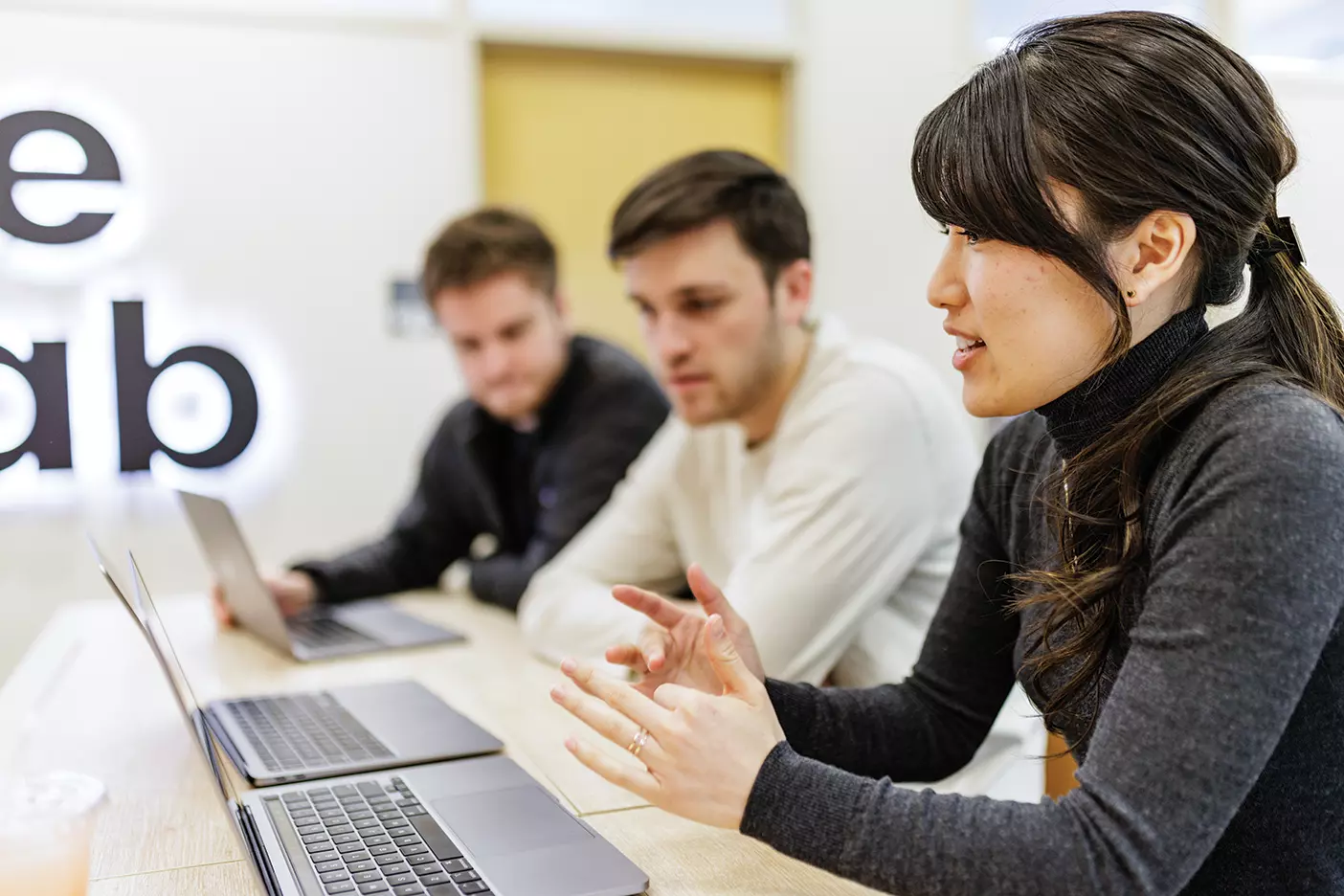

It may not be traditional—for most the words college education still conjure images of students buried in textbooks, bespectacled sages behind podiums, and young minds gathering up facts and figures for regurgitation. Traditionally, teachers dispense knowledge and students receive it. Design thinking asks what if a college education had as much to do with creating knowledge as with receiving it? What if the text were a real-world conundrum to crack? To Halverson, design thinking is as reliable a discovery tool as that old standby the scientific method. It’s a cyclical process of observing problems, brainstorming solutions, fashioning prototypes, and testing effectiveness. Anything but theoretical, “it’s a discipline where the only way to succeed is by doing,” says Halverson. And he sees application for it just about everywhere—from product design to societal reform to art to entrepreneurship.
He joins teachers across BYU campus in seeking to complement—or even replace—older learning approaches with dynamic new learning models. In recent years the seeds planted by the CID group and others have begun flowering in innovative learning experiences all over campus. Here are three.
Learning Together on Neutral Ground
Don’t you know, libraries are hallowed sanctuaries where young scholars, in reverent awe, access millennia of gathered knowledge from weathered tomes? Just don’t tell that to the neuroscience student printing out a 3D model of her own brain on the fourth floor of the Harold B. Lee Library. Or to the students in an entrepreneurial-innovation class, who chatter noisily over their lo-fi prototype of a smart bike lock—so far just a mess of cardboard, hot glue, and paper. Or the students across the way in a sound studio recording a podcast on living with autism.
The library’s transition “from just being a place that holds all the information” to a space for “facilitating experiences” has been going on for a while, says Matthew J. Armstrong (BA ’16, MS ’19), a librarian who manages the Fritz and Gladys Burns Experiential Studio on the library’s fourth floor. Launched as a pilot in 2013, the program was the brainchild of the CID and the library—created to provide neutral ground for interdisciplinary classes to come together for a semester. Subject librarians lend expertise and connect faculty and students with relevant resources.
“The library wants to [provide neutral territory] not only for study space for anyone on campus but for learning and collaboration,” adds psychology subject librarian Emily S. Darowski.
The program finally got a dedicated space in 2020—just in time to be largely waylaid by COVID-19. So it’s only now that the studio is really hitting its stride.
Today students in any variety of classes—from paleography (deciphering old handwriting) to user design to storytelling—sit in colorful chairs around nine tables, each overseen by a massive monitor that can display the screens of four laptops at once. For the many project-based classes, an adjacent room is loaded with crafting tools and supplies—from a rainbow of duct tape options to cardboard and cardstock to markers and hot-glue guns. It has everything a student team needs to whip up a quick prototype of their proposed solution.
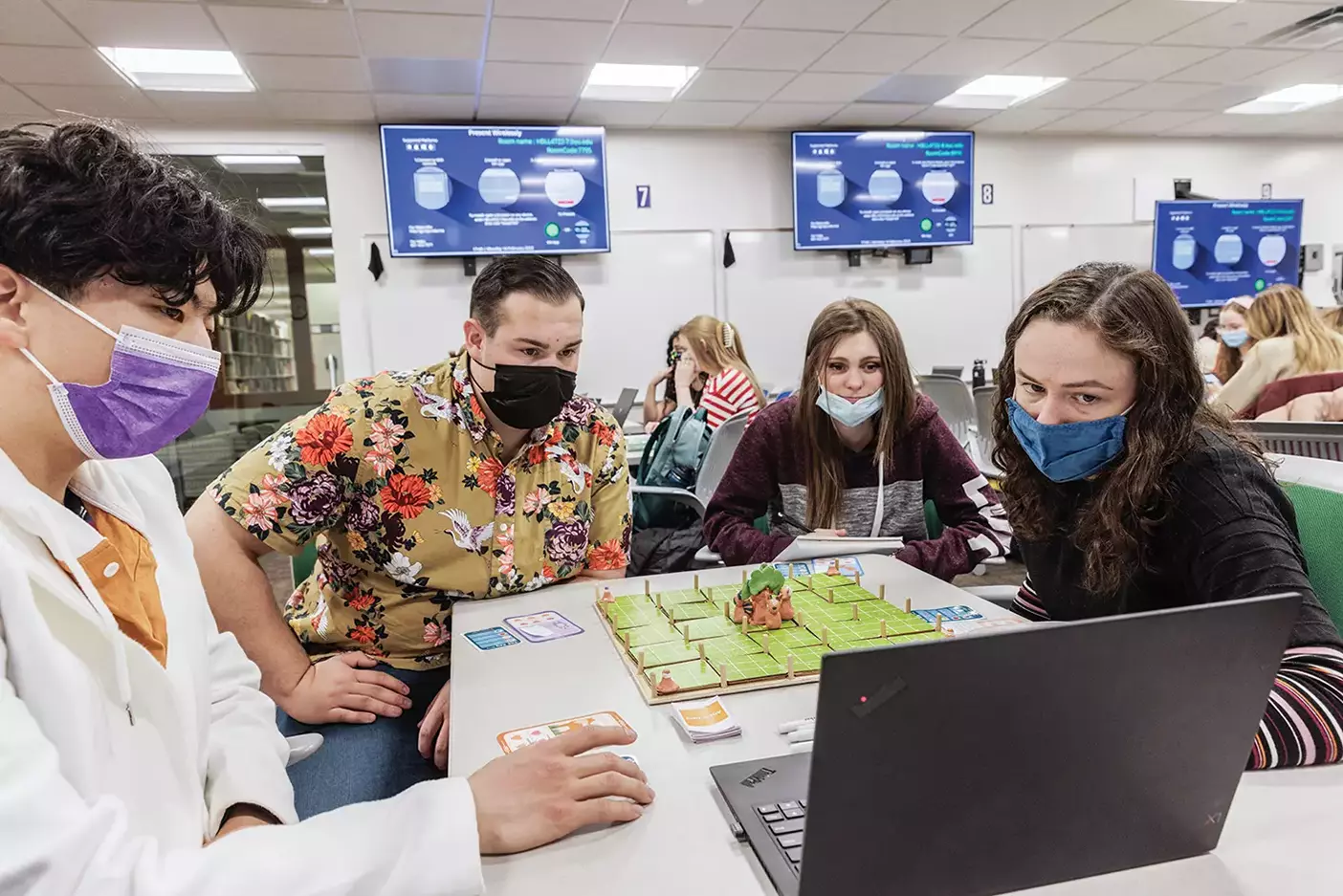
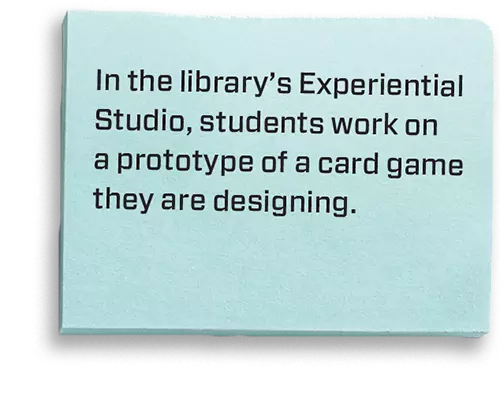
For students ready to take their creation to the next level, a higher-fidelity “makerspace” is just down the hall. There, students from an applied English course tasked with helping Provo redesign its city entrances print out models of the spaces and employ VR tech to visualize their work. Also available are tools for laser cutting, 3D imaging, poster printing, bookbinding, and more. Anybody in the campus community can check out high-end video equipment or stand in front of a green screen in the video-production studio or reserve time to record audio in a sound-proof booth.
The tools are available to all, whatever their discipline. Subject librarian Daniel B. Broadbent (BS ’89, MS ’91,) says the studio and makerspace are all geared toward making learning more immersive: “Not just [sitting] there passively absorbing from a professor lecturing, but to involve more and more experiences and senses and actions—it just makes the learning process stick better.”
Go Start Something
Start with an idea, end with a company—and funding! That’s the basic selling point of Sandbox, a startup incubator created by the Rollins Center for Entrepreneurship and Technology and the Department of Design. But, according to director Christopher B. Crittenden (BS ’06, MAcc ’07), it’s what happens between A and B that is of most value to young entrepreneurial teams launching ventures into the world. In traditional education “there’s always an answer to get to,” he says. But “when you’re creating something, the problem suddenly becomes unbounded. You’re pushed into all of these directions that you were never pushed into before.”
Life comes at students fast in Sandbox, an all-in, two-semester program that counts for 17 credit hours of coursework for seven different majors. After forming cross-disciplinary teams of programmers, designers, business majors—you name it—they begin fall semester with a tentative idea and a big goal: have a “minimum viable product” and at least one customer by semester’s end. One team—who dubbed themselves Ontray—took advantage of a change to Utah food-preparation regulations (allowing the sale of home-cooked meals) to build an app that brings together hungry customers and stay-at-home chefs. Another team, called Gravity, designed a plug-in for corporations to streamline internal Slack communications and persuaded six major local companies to join in their beta test.
Strategy student Chandler M. Rogers’s (’22) team set out to help people struggling through pornography addiction by creating an online support community that costs much less than traditional support groups. Rogers says the goal with their app, called Relay, is to “take the fear, the awkwardness out of finding a group of peers and then [provide] tight-knit support. Relay wants you to feel like a team has your back and makes it easy to reach out when you’re feeling vulnerable.”
Having worked with tech startups before, team members created a functioning app in short order. “Having a product is the easy part,” says Rogers. “Figuring out if it works and if people like it and want it is the hard part.”
To gather beta testers, the Relay team posted fliers around campus. After initially offering the app for free, the team decided to switch to a model that required a small monthly fee. They were gratified to see how many of the early users stuck with the app through the transition. And some who left soon returned, saying they missed the support. What’s more, the team discovered that requiring users to have a little skin in the game increased engagement and the overall quality of the experience. By the end of fall semester, the app had more than 100 users.
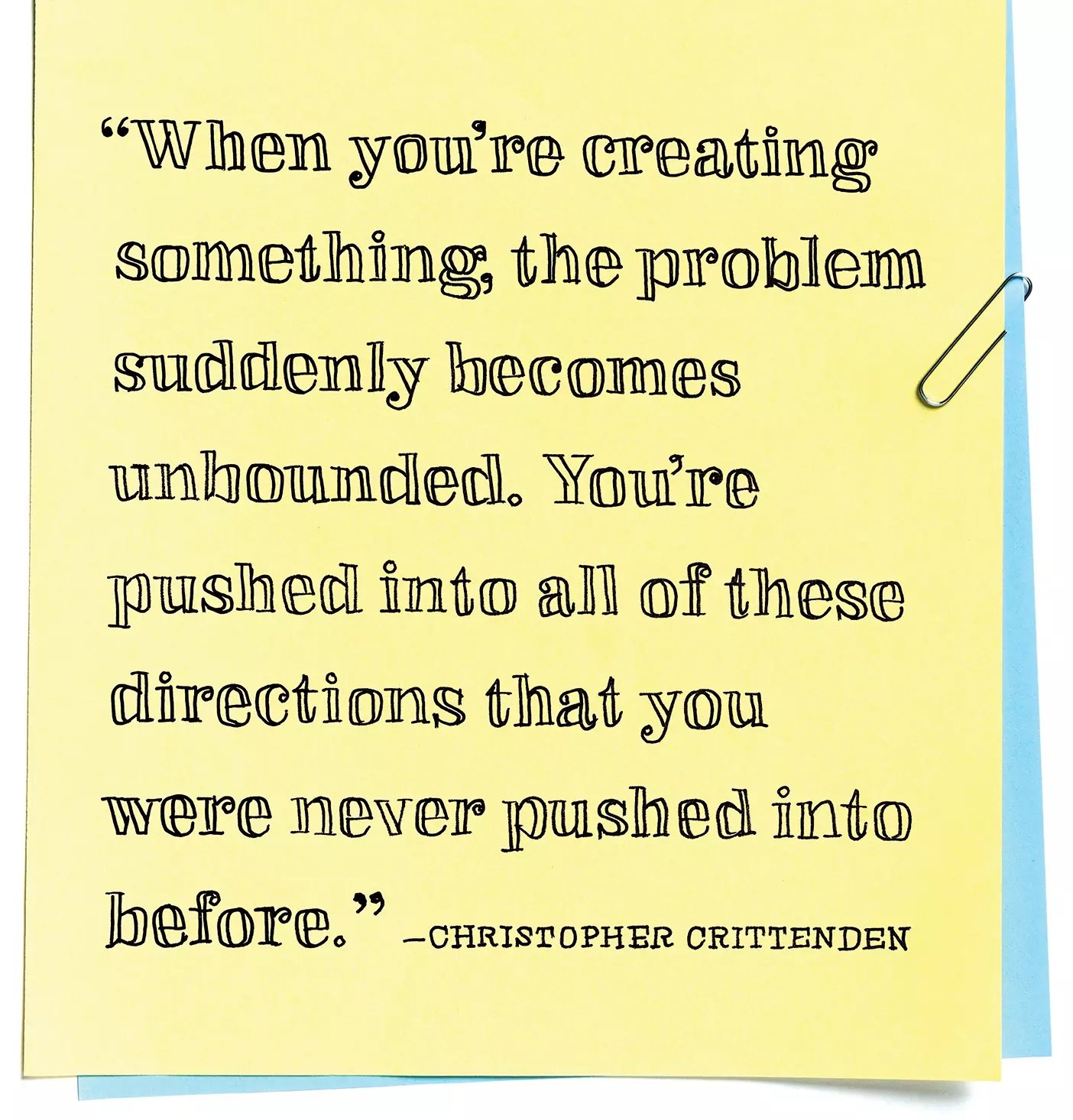
The second semester of Sandbox is all about refinement and growth with an eye toward Demo Day in April, when the 15 teams stand before a large audience of real venture capitalists and angel investors to make their pitch. It’s “unlike any final exam,” says Crittenden. “The feedback they get from the investors is as valuable as the actual money.” In preparation, the teams work with industry mentors and log 30-hour weeks implementing user feedback and vying for grant money to scale their product. Working alongside non-student companies in the Startup Building, an entrepreneurial hub in South Provo, the teams say they are charged by the frenetic, anything-is-possible vibe.
Along the way students “end up learning all of these things that they wouldn’t learn until much later,” Crittenden says. “They’re learning about team dynamics and leadership. . . . They’re hiring interns to work for their teams. They’re learning about firing. They’re learning about motivation.”
With a goal to have 1,000 users by Demo Day, Rogers says Relay already seems to be making a real difference in the lives of users, 80 percent of whom had reported improvement in their battle with pornography. One user noted that, since using Relay,she’d increased her length of abstinence from 2 weeks to 12.
Sandbox “has been everything,” Rogers says. “I’m confident that I can go forward and actually drive real innovation and real change in the world. Otherwise, it would’ve taken me many years to have gotten to this point, where I had the self-confidence, skills, and experience to say, ‘Yeah, I’m going to go start something.’”
The Law School X Factor
“It’s a fresh slate every semester. We don’t know what problem we’re going to focus on,” says Eric B. Vogeler (JD ’09), standing with K. Marie Kulbeth (BA ’05, JD ’10) in the Howard W. Hunter Law Library’s legal design lab. Along with Justin M. Whittaker (BM ’02), an expert in product design and design thinking, the trio of adjunct law professors teach the LawX lab, where students strike at the heart of real-world legal problems.
Typically, Kulbeth says, “lawyers are focused on solving discrete problems” for clients—writing contracts, providing counsel, pursuing litigation. But LawX, she says, takes a step back and asks, “How can we fix the process itself? How can we streamline it? How can we improve it?”
Since its founding four years ago, LawX has used design thinking to craft solutions to a variety of legal problems: SoloSuit, one software tool, offers support for people who are sued over a debt, many of whom were losing by default because they simply didn’t know how to file a response. Another app, Hello Landlord, helps renters facing eviction to better communicate with landlords. Last year, when LawX students learned that Utah citizens were having trouble getting their records cleared in the legally required timeframe, they prompted the state to renegotiate contracts with the background-checking companies. Now the expungements are updated every week.
This semester’s class, huddled around a table and encircled by whiteboards full of scribbled notes and colorful Post-its, is talking wikis—web pages that tap the power and knowledge of the masses. Their goal is to improve the placement of Native American children who have been removed from their homes. According to the 1978 Indian Child Welfare Act, such kids should be placed in an environment that is as close to their home tribe as possible, but the guidelines have often not been followed—in many cases because of the complexities of tribal structures and law.
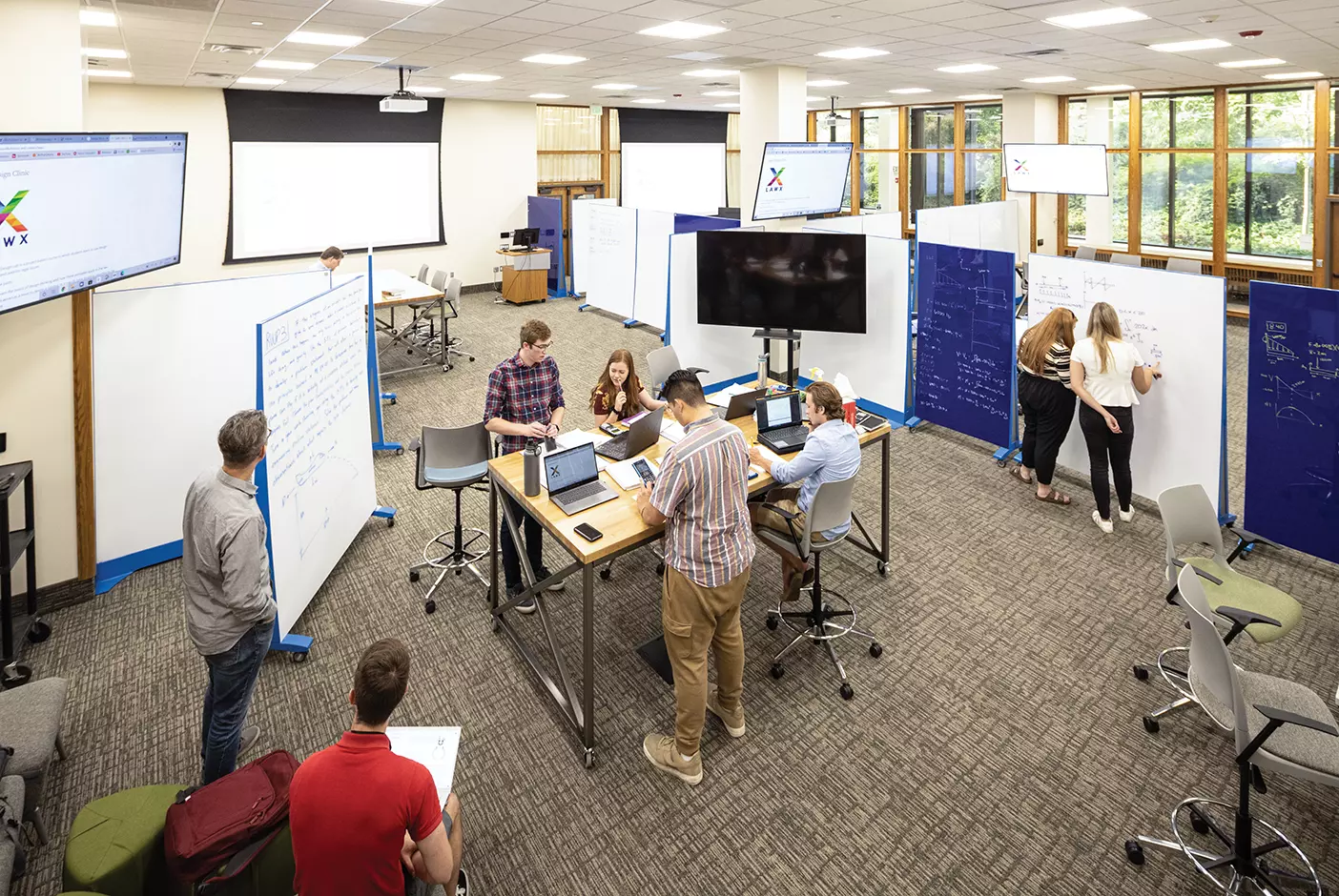
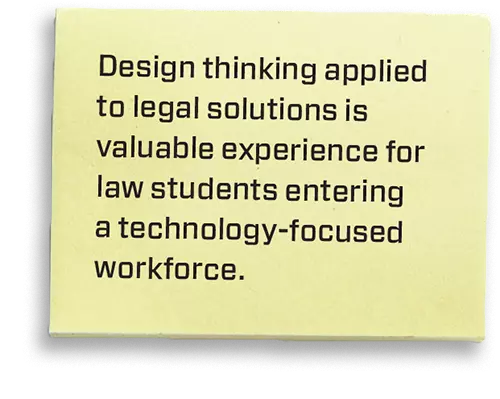
The students think they can spell out the intricacies for one tribe. And with their wiki, they’re relying on crowdsourcing to fill in the 500-plus other tribes. That’s the current plan, anyway, as they brainstorm options in the vast room on the library’s main floor.
Experience in design thinking has great practical value for law students entering a workforce focused more and more on technology, says Vogeler. It “allows you to either participate in it or at least be able to talk intelligently with your clients: ‘Hey, I’ve done a “design sprint.” I know what you guys are going through.’”
Kulbeth says LawX provides a rare opportunity to focus on root causes. “As a lawyer, you’re never paid to invest in fixing the underlying issues,” she says. “You never have the time or the capital to invest in that. So we’re teaching the students what’s possible when you’re given those things.”
Vogeler admits that many of his own lessons from law school have long since faded from memory. But, he notes, “I don’t think our students . . . will ever forget what they did because they actually built a solution. They applied it in a real-life setting.”
Real-World Ready
If there’s a common thread running through the design-thinking experiences happening across campus, it might just be a sense of impatience: Why should students wait to address the challenges of the world until after graduation? What’s stopping them from jumping right in?
“There’s just a lot of problems in society,” says Darowski. “We need to send students out to be problem solvers. It’s something with it.”
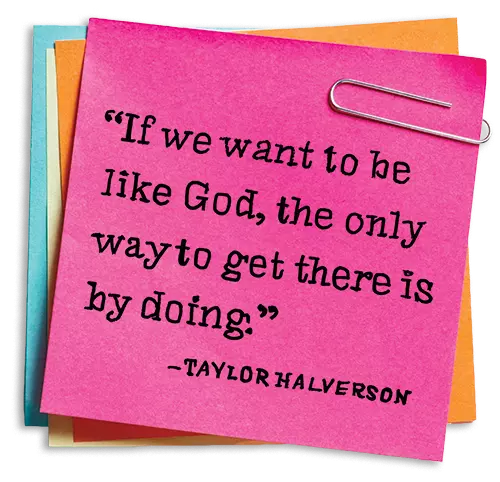
And nothing prepares a student for the real world quite like doing the real thing, she says: “We want . . . students to get experience working in teams with people coming from different backgrounds and different disciplines because we’re trying to get them ready to go out into the real world and do that in the workplace.”
Halverson sees an even further-reaching purpose to having these students wade knee-deep into complex real-world problems. It’s about becoming. “That’s the whole plan of salvation,” he says. More than just observing, God’s approach to learning and growth involved sending us “to this messy world [to] start doing stuff,” says Halverson. “If we want to be like God, the only way to get there is by doing.”
Developing creative problem solvers is key to fulfilling BYU’s mission to assist individuals in their quest for perfection and eternal life, says Crittenden. “God is a creator. If we can instill those characteristics in people, we become more like He is.”
Feedback Send comments on this article tomagazine@byu.edu.




